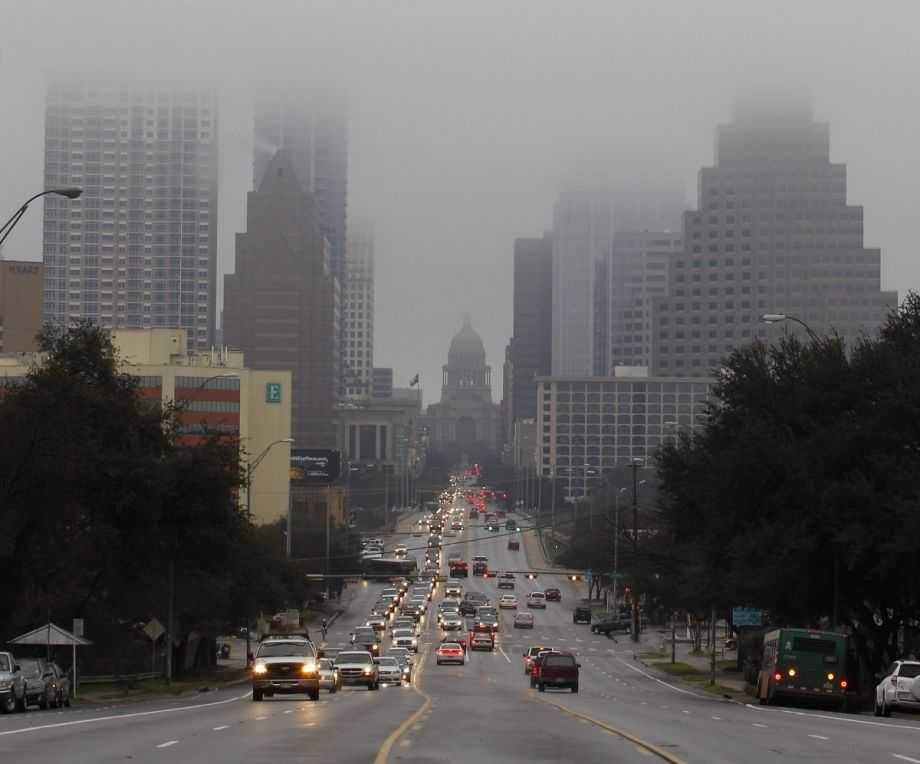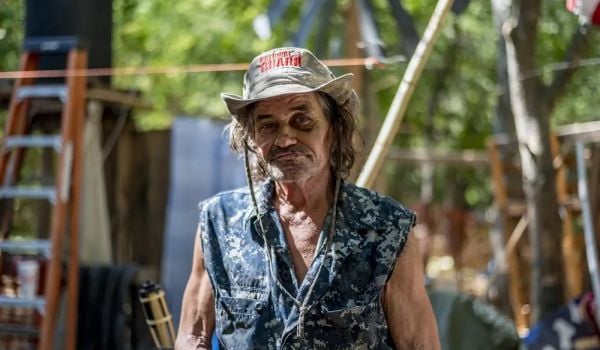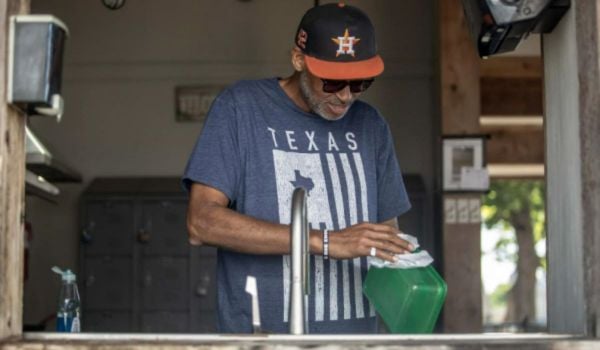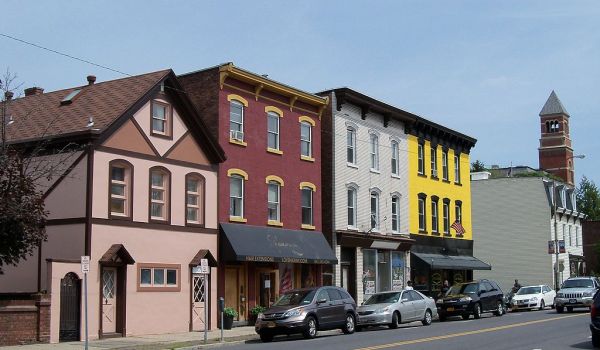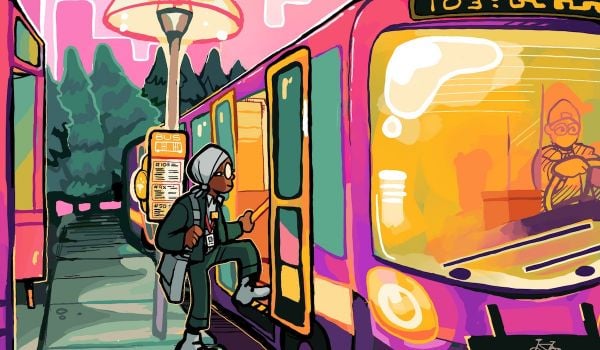Austin may be a great place to frequent food trucks, vibe to live music and sip on craft cocktails, but it is not an easy place to get around. The city’s mobility challenges go far beyond the recent departure of Uber and Lyft, but their absence has thrown that system’s weaknesses into sharp relief. Even as the city’s population has boomed over the past decade, ridership on Capital Metro has remained flat, and the transit-ridership-to-population ratio has taken a dive. Bicycle and sidewalk master plans have been developed, but not funded, leaving Austin’s sidewalks a patchwork of dead-ends. And the people keep coming, drawn to the city for the expanding tech sector and cultural scene.
In that environment, Uber and Lyft filled vital gaps in the transportation network — until they pulled out of Austin after losing a legislative fight over driver screening, vehicle identification and data reporting. In their absence, a lot of other ride-hailing options have popped up, including a thriving black market. The city is considering deregulating the taxi companies, which are being strained by the increased demand. Visiting Austin shortly after Uber and Lyft left a few weeks ago, I felt the effects myself: To make it to an interview 7 miles away would have taken an hour-and-40-minute bus ride, so I opted to call a cab, only to be told by several companies I’d be facing a wait of 40 to 50 minutes for an estimated 15-minute drive. A cab never showed.
But a silver lining may be peeking through. Mike Clark-Madison, president of the local Central Texas chapter of the Congress for the New Urbanism, says the Uber/Lyft regulation/anti-regulation push “was kind of a bruising campaign, and there are still some raw feelings about it, but yes, I think there’s been a lot more conversation, a lot of smart people asking, ‘What will we do now?’”
Clark-Madison is one of those people, serving as lead editor, writer and compiler of the city’s Smart City Challenge proposal. Austin is a semifinalist in the U.S. DOT competition that will award a mid-size city $50 million to fund technology-driven strategies to improve mobility and reduce traffic collisions. A very different vision for Austin’s mobility future was published in May by AURA, a membership organization that advocates for an inclusive Austin. The AURA proposal focuses on transit-oriented development, transit-priority lanes, and pedestrian and bicycle infrastructure. The Smart City proposal, in keeping with the challenge’s parameters, focuses on electric vehicles, automated cars and increased use of sensors.
These futuristic transit interventions, Clark-Madison says, are the city’s best hope. The way he sees it, Austin has missed its window to invest in the kind of traditional transit system the city needed to start building 15 years ago. “So now we’re looking at, OK, what are some of the possibilities for us,” he asks, “perhaps kind of leap-frogging, or short-cutting, to get us to a place where we can do this with electric and autonomous vehicles and bus rapid transit and all of the other things that we might be able to deploy … that would help us kind of meet some of the needs that we could have met with more of a traditional transit system.”
Central to the proposal is the creation of a Mobility Innovation Center (MIC), which would serve as a think tank and operations center for the many entities working to improve Austin transportation, including the Transportation Department, Capital Metro, the University of Texas Center for Transportation Research, the Rocky Mountain Institute and more. One of the MIC’s core responsibilities would be overseeing “the data rodeo”: a two-way open data portal that would allow all transportation partners to access a vast trove of information, from traffic data to transit vehicle locations to (anonymized) smartphone data. Using that resource, Clark-Madison says not only developers will be able to create tools to help people better navigate the existing transit system, but transportation providers will also be able to respond to perceived demand. A lot of people requesting trips between two parts of downtown not currently connected by transit? Add a bus route, or better yet, says Clark-Madison, deploy a shuttle.
Perhaps an automated one? Many of the other ideas in the Smart City proposal read like a wish list for a high-tech future: a vast network of data-collecting sensors; driverless airport shuttles; package delivery drones; electrified, automated, on-demand vehicles circulating downtown; and incentives for individuals to purchase electric vehicles of their own. While the proposal does also address the need for better multimodal transit connections and a one-pass payment system, its vision of Austin’s transit future looks weirdly like Uber and Lyft, without the drivers. The cars might be electric and shared — cutting down on carbon emissions — and they may be able to speak to one another — allowing them to minimize traffic — but they’re still cars, so they’ll still keep people off the streets, away from each other.
The future also looks largely privatized, raising questions about whether people eligible for a reduced fare on Capital Metro would be entitled to similar discounts on electric car-sharing or whatever ride-hailing app fills the void. If they’re being seen as a transit mode equivalent to buses, then it follows residents should have equal access. Clark-Madison says the consortium of groups involved in the Smart City Challenge is working on it. “We’re looking at ways in which we can come up with the best model where it is possible for us, through the market place, to have a way to deliver subsidy to private providers,” he says. All of these questions aren’t just about mobility but also about equity, he notes. As people seeking a more transit-enabled lifestyle move downtown closer to jobs, rents rise and others are pushed out, farther from transit options. “And they’re finding that for every dollar they save on housing costs, they’re spending 70 cents on transportation getting back into the city,” says Clark-Madison.
John Laycock of AURA knows how hard it is to get around Austin without a car. He lives in Central City so that he doesn’t need to own one, but still gets amazed looks when he tells fellow Austinites that. When asked what problems face Austin transit, he cites lower-tech problems and lower-tech solutions: There’s too much freeway infrastructure compared to pedestrian and bike infrastructure; the bus shelters aren’t well-maintained; and the city sprawls.
“We’re really hoping for a dedicated source of pedestrian and bike funding,” he says. Last week, Mayor Steve Adler proposed $720 million worth of transportation projects that could be funded if voters approve a mobility bond in November. Of that, he proposed $50 million to $100 million for sidewalks and urban trails, and $20 million for projects in the Bicycle Master Plan. But to fully implement the Bicycle Master Plan would cost $150 million; AURA wants a proposition on the November ballot to fully fund it, and all high priority sidewalks identified in the Sidewalk Master Plan.
AURA’s proposal also advocates for the traditional systems the Smart City proposal leap-frogs over: a network of urban rail and high-frequency transit in separated lanes. It advocates for city zoning that promotes housing near transit, and a comprehensive street master plan. And it is full of other, smaller interventions that would make non-vehicular travel more attractive: a crosswalk within 200 feet of every transportation stop, shaded bus shelters, narrower driveways, more bike-share stations, the elimination of parking minimums and premium fares on public transit.
“We’re hopeful. I think there’s a lot of momentum around bikes and sidewalks,” says Laycock, though he recognizes the challenges and solutions go beyond single pieces of infrastructure to land use codes and zoning. “I just want a store on the corner I can walk to. That’s really hard under the current code.” But he says he’s optimistic. “We just need to let people get out of their cars.”
The Works is made possible with the support of the Surdna Foundation.
Jen Kinney is a freelance writer and documentary photographer. Her work has also appeared in Philadelphia Magazine, High Country News online, and the Anchorage Press. She is currently a student of radio production at the Salt Institute of Documentary Studies. See her work at jakinney.com.
Follow Jen .(JavaScript must be enabled to view this email address)


